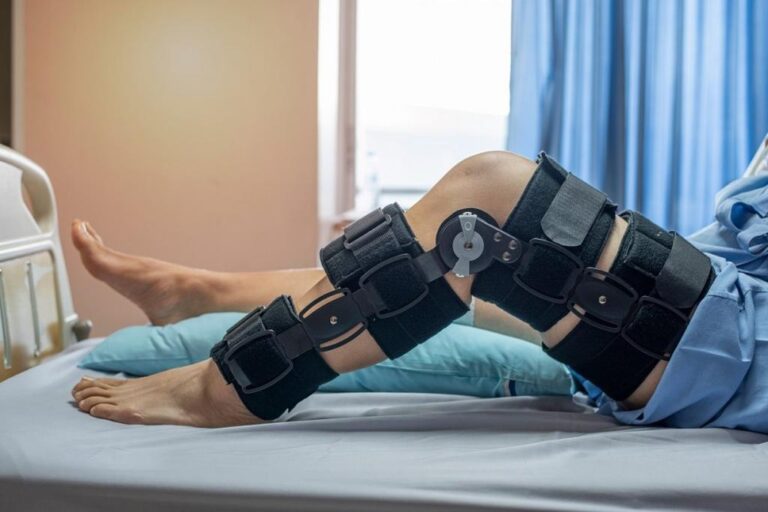Dealing with chronic pain isn’t easy no matter where it originates. Pain that originates in your hip, however, can be debilitating given how important your hip joints are for mobility.
Regardless of the cause behind your hip deterioration, there comes a point where chronic pain makes hip replacement surgery a viable alternative. While you may hesitate to take the step, contemporary hip procedures generate an overwhelming satisfaction rate among patients.
The health professionals at Texas Orthopaedic Associates are experts at performing hip replacements. Read on to see if getting one might help you.
The anatomy of your hip
One of the largest joints in your body, your hip’s ball-and-socket structure connects your femur — the large bone of your upper leg — with your pelvis. The bone surfaces of the joint have a cartilage covering, and it acts as a slippery surface that permits easy movement in a normal joint. There’s also a thin lining called the synovium that produces a fluid that further lubricates the joint.
Hip deterioration
Hip joints break down most commonly due to arthritic conditions. Osteoarthritis is a wear-and-tear condition that usually affects men and women over age 50 or results from an injury. This type of arthritis typically develops slowly over time with increasing pain.
Inflammatory arthritis conditions that affect the hip include rheumatoid arthritis, ankylosing spondylitis, and lupus. With rheumatoid arthritis, the synovium thickens and produces substances that attack cartilage tissue. It often affects joints on both sides of the body, and it can develop at any age. Ankylosing spondylitis and lupus are chronic inflammatory diseases that create similar damage to the hip joint.
Hip replacement surgery
Hip replacement surgery involves replacing the damaged components of your hip joint and replacing them with artificial components. These are usually made from metal, ceramic, and plastic, and they re-create the functional mobility of your hip joint.
Current hip replacements typically feature a hard plastic socket implanted into your pelvic bone. This socket then holds a metal ball that replaces the natural ball of your femur. Hip replacement surgery can be done through the front or side of your hip joint.
Surgical success rates
While hip replacement surgery is a substantial procedure with a long recovery time, success rates hover around 90%. One study of 1,027 patients who had hip replacement surgery found that 90% reported satisfaction, 5% were unsure, and only 3% were dissatisfied with the outcome.
Hip replacements continue to be more efficient and longer lasting. The life of current artificial hips can last 20 years or longer.
To see if a hip replacement is right for you, book an appointment online or over the phone with Texas Orthopaedic Associates today.













